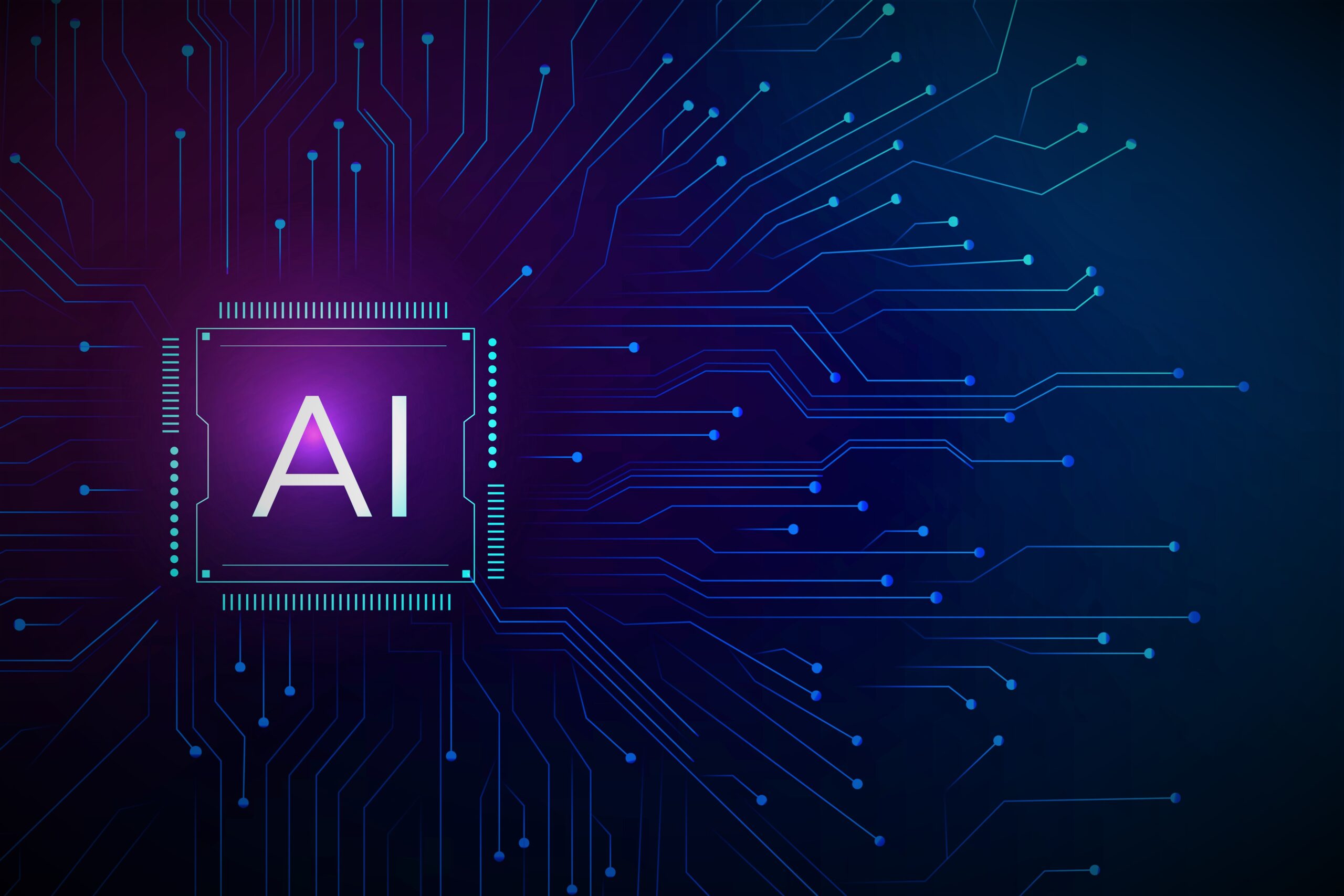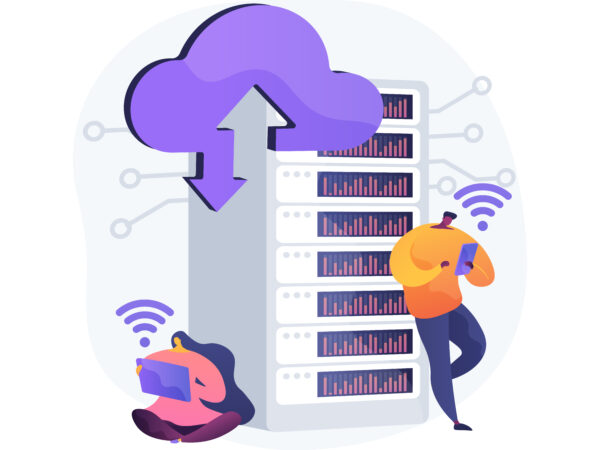
As a website owner, you’re likely no stranger to repetitive tasks that consume a significant amount of your time and resources. Tasks such as data entry, email management, and social media scheduling can be tedious and time-consuming, taking away from more important activities like content creation, strategy development, and user engagement. However, with the advent of artificial intelligence (AI), you can now automate many of these repetitive tasks, freeing up more time for high-leverage activities.
What is AI-Powered Automation?
AI-powered automation uses machine learning algorithms and natural language processing to perform tasks that would typically require human intelligence. AI can automate tasks such as data entry, email management, and social media scheduling, allowing you to focus on more strategic and creative work.
Benefits of AI-Powered Automation
The benefits of AI-powered automation are numerous. Some of the most significant advantages include:
1. Increased Efficiency: AI can perform tasks much faster and more accurately than humans, freeing up more time for high-leverage activities.
2. Reduced Errors: AI can reduce the likelihood of errors, which can be costly and time-consuming to fix.
3. Improved Productivity: By automating repetitive tasks, you can focus on more strategic and creative work, improving your overall productivity.
4. Enhanced Customer Experience: AI-powered automation can help you respond to customer inquiries more quickly and efficiently, improving their overall experience.
Types of Repetitive Tasks That Can Be Automated
There are many types of repetitive tasks that can be automated with AI, including:
1. Data Entry: AI can automate data entry tasks, such as entering customer information or product data into a database.
2. Email Management: AI-powered email management tools can help you automate tasks such as responding to customer inquiries, scheduling appointments, and sending follow-up emails.
3. Social Media Scheduling: AI can help you schedule social media posts in advance, ensuring that your content is published consistently and at optimal times.
4. Content Generation: AI-powered content generation tools can help you create high-quality content, such as blog posts and social media updates.
5. Customer Service: AI-powered chatbots can help you automate customer service tasks, such as responding to frequently asked questions and routing complex issues to human customer support agents.
How to Implement AI-Powered Automation
Implementing AI-powered automation requires careful planning and execution. Here are some steps to follow:
1. Identify Repetitive Tasks: Start by identifying the repetitive tasks that are consuming the most time and resources.
2. Choose an AI-Powered Automation Tool: Research and choose an AI-powered automation tool that meets your needs and budget.
3. Configure the Tool: Configure the tool to perform the repetitive tasks you’ve identified.
4. Monitor and Optimize: Monitor the tool’s performance and optimize it as needed to ensure that it’s working efficiently and effectively.
Best Practices for AI-Powered Automation
To get the most out of AI-powered automation, follow these best practices:
1. Start Small: Start with small, simple tasks and gradually scale up to more complex tasks.
2. Monitor Performance: Monitor the performance of your AI-powered automation tools and make adjustments as needed.
3. Ensure Data Quality: Ensure that your data is accurate and up-to-date to get the best results from your AI-powered automation tools.
4. Continuously Evaluate and Improve: Continuously evaluate and improve your AI-powered automation tools to ensure that they’re meeting your needs and goals.
Tools for AI-Powered Automation
There are many tools available for AI-powered automation, including:
1. Zapier: A popular automation tool that integrates with a wide range of apps and services.
2. IFTTT: A free tool that allows you to automate tasks based on specific triggers and actions.
3. ManyChat: A popular chatbot platform that allows you to automate customer service and marketing tasks.
4. Hootsuite: A social media management tool that allows you to schedule posts and track engagement.
Conclusion
AI-powered automation can help you automate repetitive tasks, freeing up more time for high-leverage activities like content creation, strategy development, and user engagement. By following best practices and choosing the right tools, you can get the most out of AI-powered automation and improve your overall productivity and efficiency.




